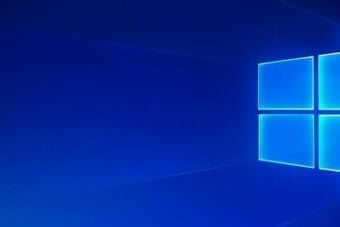

Insert shell:Startup and click OK to access Startup folder for the current user.First of all, Open Run dialog box by hitting “Winlogo+R” hotkey.How to Add or Remove Programs in Startup Folder Windows 11 or 10 – Add Programs in Startup Folder So this article will show the locations of both Startup folders and the way to add or delete apps from it.

Whereas, deleting the programs that are not required on every boot will increase the loading speed of the device. So, here comes the concept of Add or Remove Programs in Startup Folder.īy adding applications at startup, you don’t have to memorize them to run every day. But to manually manage the startup programs is very necessary for every user as no one prefers to struggle with a sluggish performance at the end of the day. As both of them are deeply dug into system, Windows offers a pair of shortcuts to easily access those folders. Basically, the operating system has two Startup folders, one is assigned for current/personal account and another is designated for all users. There is a Startup Folder on the PC that especially stores these programs and it ensures to run them as you don’t have to keep in mind to start it yourself. This location is the Windows Task Manager.Every time a user signs into Windows, a set of applications, folders, drivers, etc are set to function immediately. You can only enable or disable those currently inside of the Startup folder. The only difference is that programs cannot be added or removed. There is one area that enables you to interact with the Startup function, which contains all of the programs found inside of the folder. Attempting to understand why a certain application isn’t opening, or when working with applications that feature user-based licensing or access restrictions will require you know which Startup Folder to configure.

Understanding the distinction between the All Users and Current User Startup Folders is important when it comes to troubleshooting. Each account will contain a unique Startup Folder in addition to the universal Startup Folder. The second one only really matters if you have multiple accounts on your Windows 10 computer. One Windows 10 Startup folder operates at the system level and is shared among all user accounts (All Users folder), while the other operates at a user level and is unique to that user’s account (Current User folder). When it comes to the Windows 10 Startup folder, it can be found in two different locations.


 0 kommentar(er)
0 kommentar(er)
